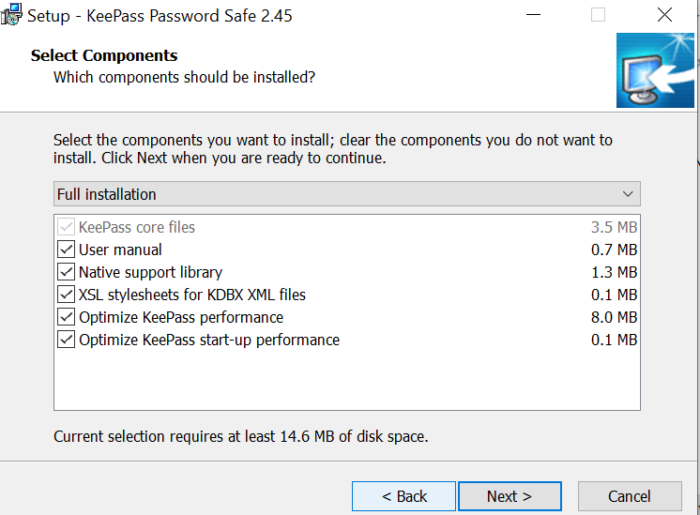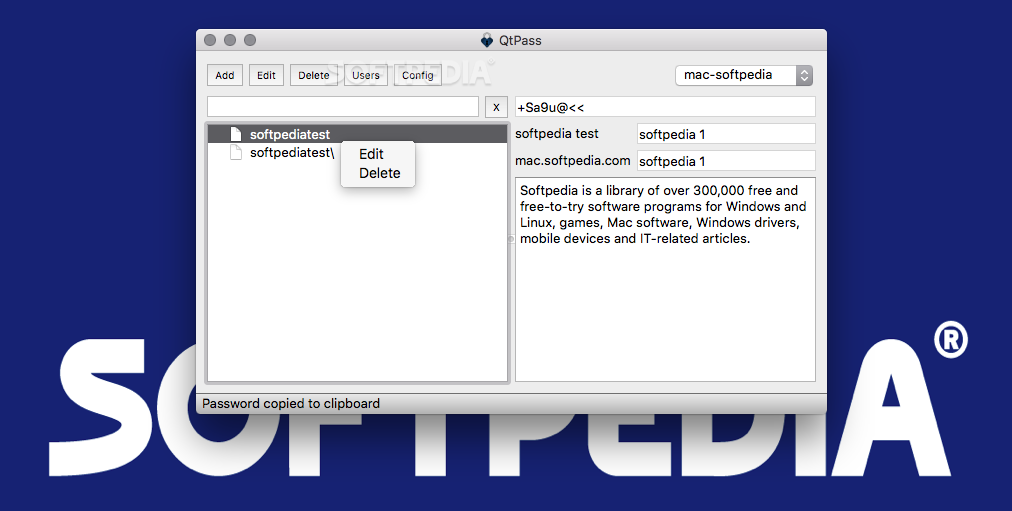
For example, you can get the secring.gpg by downloading this file from your Cloud Integration tenant. Execute the following commands to import a PGP secret key into a PGP secret keyring with the name “secring.gpg”. In the following, we assume that you have such kind of file with the name “ my-secret-key.pem” in the directory where you execute the gpg commands. You now need the secrete key file which was produced in a similar why as shown in the previous chapter “Export a PGP Secret Key”. You can now use the exported file “ my-secret-key.pem” in the following chapter to import the secret key into another PGP secring. Gpg -homedir=C:/source -armor -export-secret-key "source my-secret-key.pem Export the secret key with the found uid with the following command into a file (below we use the file name “ my-secret-key.pem“):.We will use this uid in the following command. In the example above, we only have one secret key with uid=” source “. You can see the uid(s) of the secret keys from the output display of the previous command. Find out the uid (user ID) of the secret key you want to export.gpg -homedir=C:/source -list-secret-keys List the content of the secring with the following gpg command:.In the following, we assume that the directory path is given by C:/source. Enter the downloaded file secring.gpg into an empty directory.In case you got the PGP secret keyring “secring.gpg” from somewhere else (because you want to add the secret keys of this secring to the secring uploaded to your Cloud Integration tenant), you can use also the following steps to first export the secret keys and you can use the commands of the following chapter “Import PGP Secret Key” to import the secret keys. The downloaded file must have the name “secring.gpg”.
#Qtpass for windows windows#

You’ve already deployed a secret keyring to your Cloud Integration tenant.You have a SAP Cloud Integration tenant and you have a user for the WEB UI of your Cloud Integration tenant with Administrator permission (AuthGroup.Administrator for NEO environment or AuthGroup_Administrator for the Cloud Foundry environment).
#Qtpass for windows how to#
Furthermore, we also provide a description on how to change the password of a secret key. Here, we provide a step by step description on how to import and export PGP secret keys from a PGP secring deployed on your Cloud Integration tenant via the GPG command line tool. Yet, there are no details on how to export and import PGP secret keys. The applet also takes care of removing the password from the X11 clipboard as well as Klipper after 45 seconds so it won't leak accidentally through your clipboard history.In SAP Cloud Integration, you can upload a PGP secring.gpg for using secret keys in the PGP decryption or encryption step of your integration flow. The SAP help documentation describes how to export and import PGP public keys with the help of the Gnu Privacy Assistant. And so I dusted off my QML knowledge and wrote Plasma Pass: a systray Plasma applet to quickly find your password and copy it into the clipboard with a single mouse click.

There's qtpass, but that's not exactly what I was looking for. Luckily there's a wonderful browser extension called browserpass that can fill online login forms with a single click and has automatic password matching based on the current domain.īut sometimes even I am simply too lazy to open Yakuake and type in a command, so I started looking for some GUI. Slightly less comfortable when you are dealing with websites though.

To get a password from pass, you simply type pass -c SomePath/SomeService into console and pass will copy the password straight to your clipboard. And so over the past months, I started to slowly change my passwords to randomly generated ones stored in pass. I learned about it from Milian Wolf some months ago and I really liked it for its simplicity, respect for privacy and multiplatform support. You may have heard about pass, the standard Unix password manager.


 0 kommentar(er)
0 kommentar(er)
